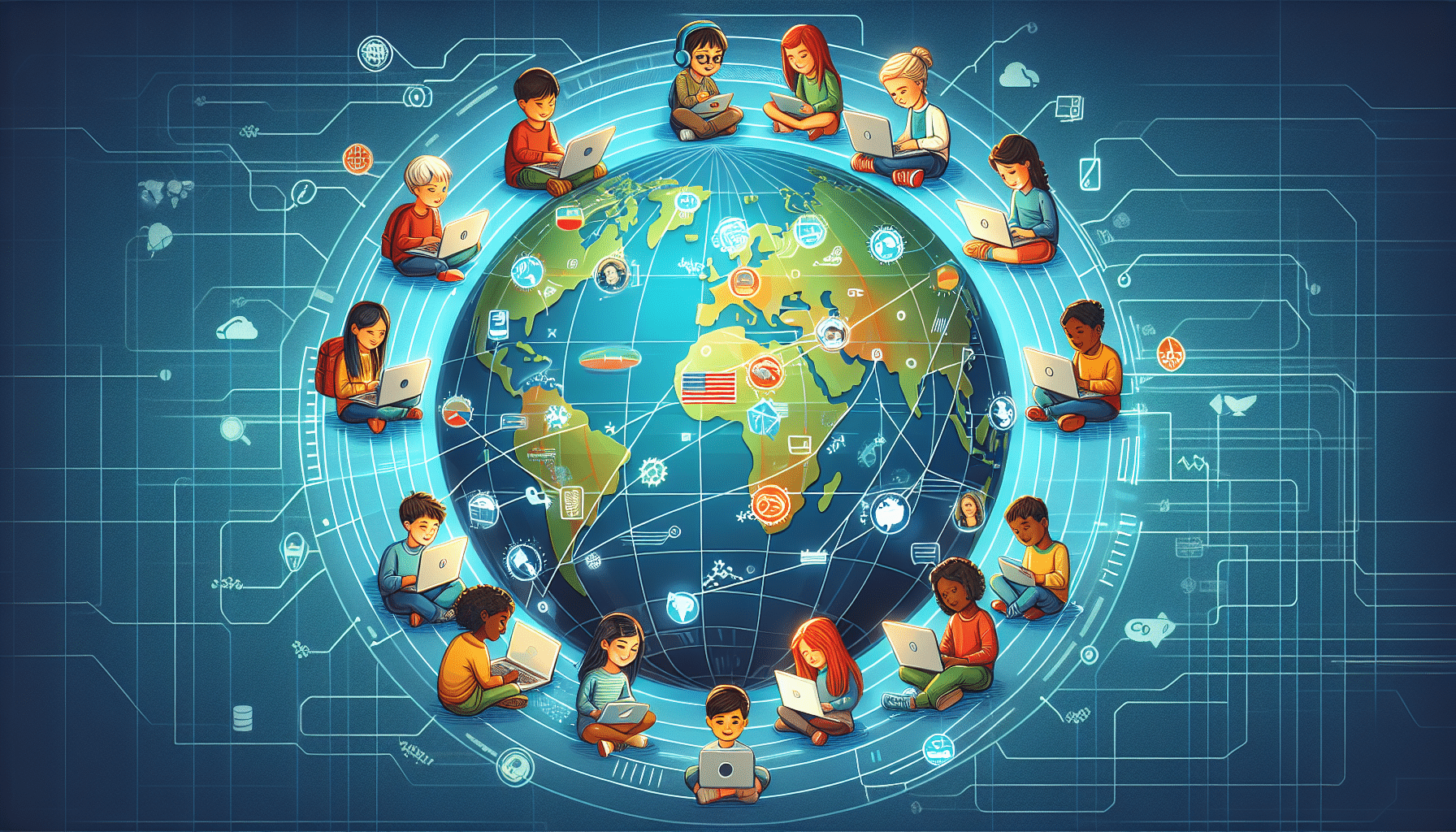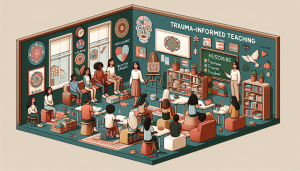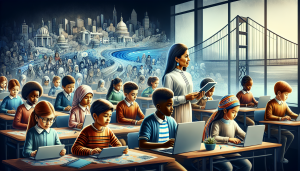The Global Classroom: How Technology is Erasing Geographical Boundaries
Welcome to the Global Classroom: Where Technology Knows No Boundaries
In an era of unprecedented technological advancements, the boundaries between countries, cultures, and people are quickly dissolving. The world is rapidly becoming a global village, where individuals and businesses can connect, communicate, and collaborate with ease, regardless of their geographical location. This phenomenon has had a profound impact on education, with the emergence of the Global Classroom – an interconnected web of virtual learning environments that expands beyond the traditional four walls of a physical classroom. In this article, we will delve into how technology is transforming the education landscape and creating a truly borderless learning experience.
The Rise of the Global Classroom
Gone are the days when students were limited to their local schools, colleges, or universities for academic opportunities. With the advent of cutting-edge technologies, students today have access to a wealth of educational resources and learning platforms, regardless of their location. This has given rise to the concept of the Global Classroom, a virtual space where students and educators from all corners of the world can come together to exchange ideas, knowledge, and experiences.
Thanks to video conferencing, virtual classrooms, and online learning tools, the Global Classroom enables students to interact with teachers and peers from diverse backgrounds, cultures, and perspectives. This not only broadens their understanding of different subjects but also fosters a global mindset that is essential in today’s interconnected world.
The Benefits of a Borderless Education
The Global Classroom is breaking down the barriers that have long hindered access to quality education for many students. With technology, students can now access lectures, courses, and resources from top institutions around the world, without any physical or financial constraints. This has opened up a world of possibilities, especially for learners in developing countries, who can now access world-class education at a fraction of the cost.
Moreover, the Global Classroom is also promoting cultural exchange and understanding, as students from different countries and backgrounds learn alongside each other. This multicultural environment not only enhances their educational experience but also prepares them for the increasingly diverse and globalized workforce.
Technology in the Classroom
Apart from the virtual platforms, technology is also revolutionizing traditional classrooms by providing students with innovative tools to enhance their learning experience. From interactive whiteboards and educational apps to virtual and augmented reality, technology is transforming the way students engage with course material. These tools not only make learning more fun and engaging but also cater to different learning styles, making education more accessible to all.
The Future of Education
As technology continues to evolve, so does the Global Classroom. With the introduction of artificial intelligence, machine learning, and other emerging technologies, the possibilities for education seem endless. These advancements have the potential to personalize learning further, eliminate geographical and language barriers, and make education more efficient and cost-effective.
Conclusion
The Global Classroom is a prime example of how technology is bridging the gap between countries and cultures and promoting a more connected and inclusive society. As we continue to witness the ever-expanding landscape of the virtual learning space, it is evident that technology is erasing geographical boundaries and creating a truly global educational experience. The future of education is undoubtedly a borderless one, and we have technology to thank for that. So, let us embrace the Global Classroom and open up a world of endless possibilities for generations to come.










